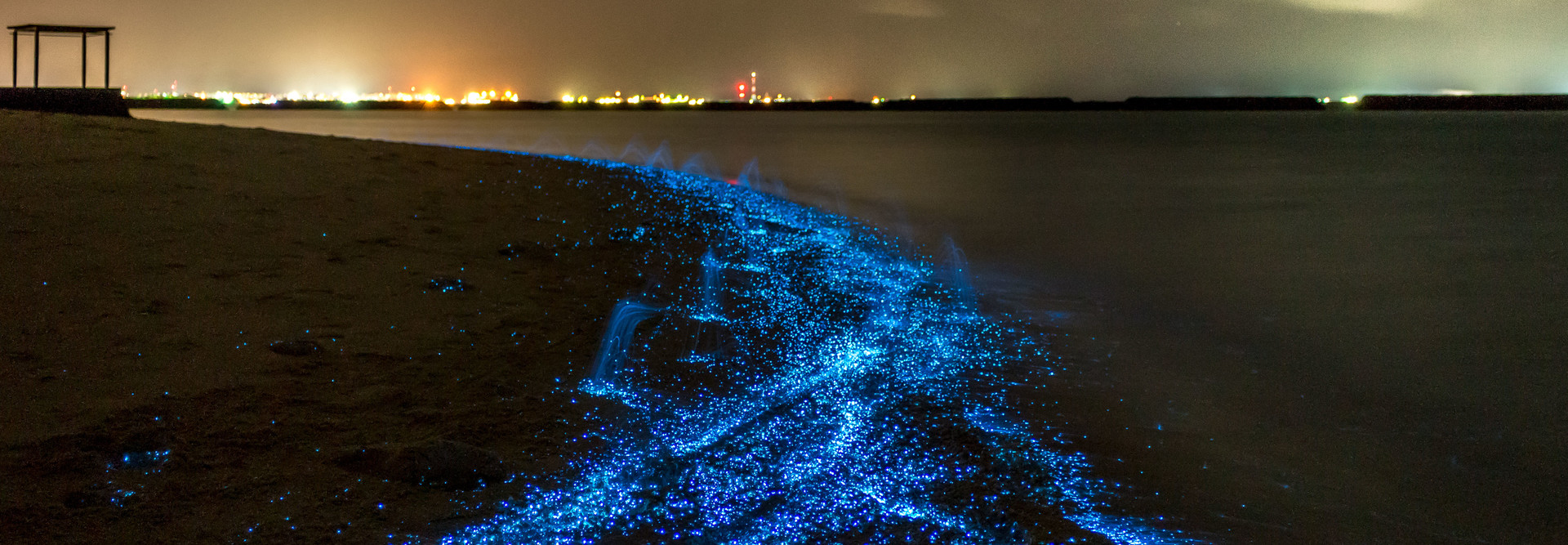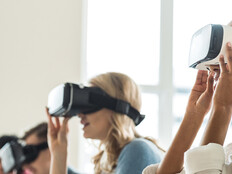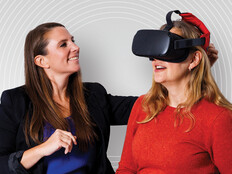Brown University Uses VR to Give Scientists a Closer Look at Their Research
Exciting new applications of virtual reality technology are helping scientists create powerfully precise, high-resolution visualizations of how particular life forms and other phenomena appear and behave.
Benjamin Knorlein, a researcher at Brown University’s Center for Computation and Visualization (CCV), has integrated VR with a digital holographic microscope to present an up-close look at plankton and how they function within their environment — a view so finely detailed that the human eye can’t capture it under normal observation.
As part of a research team aboard a ship in the Pacific Ocean, Knorlein deployed the microscope to record light wavefront information from the plankton, then used the data to “refocus” plankton images at different distances from a camera.
While this yielded a 2D instead of a 3D model, Knorlein says the tool gave researchers a more insightful look at their work.
“The tool allowed us to display the images in VR at the location where they were recorded,” he says. “This gave the scientists a new perspective on their data, and they could better analyze how the phytoplankton organizes itself in the water column.”
Noah Walcutt, a student at the University of Rhode Island’s Graduate School of Oceanography (which partnered with Brown on the project), collaborated with Knorlein in obtaining the holographic microscopy of the phytoplankton and continues to analyze the data output from the tool.
VR Brings the Microscopic into View
By accessing this enhanced view through VR headsets or inside CCV’s immersive YURT Theater — whose 145 mirrors display everything across a 360-degree surface — scientists are able to “swim” among the plankton and see them from a variety of vantage points. Students at Brown have been able to share in this too, in demos that Knorlein has made available.
Most technologies that generate 3D data — including cameras, laser scanners and medical imaging devices such as MRI and CT scanners — also mesh well with VR.
“If this data is displayed in VR, a user can perceive it and interact with it in a more natural way than with a monitor, as the data is inherently 3-dimensional,” Knorlein explains.
VR-based research can also enhance learning for students who work with 3D data, he says: “You create data that you see in a real way, so you can walk around it, you can zoom it in, you can see it from different perspectives.”
Even using other researchers’ data, “you can create learning materials, like animated 3D content such as, let’s say, a beating heart or blood flow,” Knorlein points out. “You can really show how that would work.”
More Affordable VR Means More Versatility
In the past, VR systems were too costly for scientific research, but recent developments have made the necessary hardware very affordable. Now, software and efficacy are the biggest challenges to realizing VR’s full potential as a research tool.
There just isn’t enough general-purpose software available for VR, “and often the applications must be custom tailored to the needs of the researcher, which requires time and resources,” observes Knorlein.
Also, getting buy-in from university researchers requires showing them VR’s benefits before they’re willing to give it a try.
“In a lot of cases, researchers are skeptical at first,” Knorlein concedes, “but once they see their data in an immersive environment, they love it and ask for more.”
Challenges notwithstanding, VR has broad-based versatility as a research tool. In another of Knorlein’s projects, a VR application he wrote lets scientists see and rudimentarily interact with animated bone models in 3D.
“I think wherever scientists look at or work with multidimensional data, VR can offer a new perspective,” he says.









